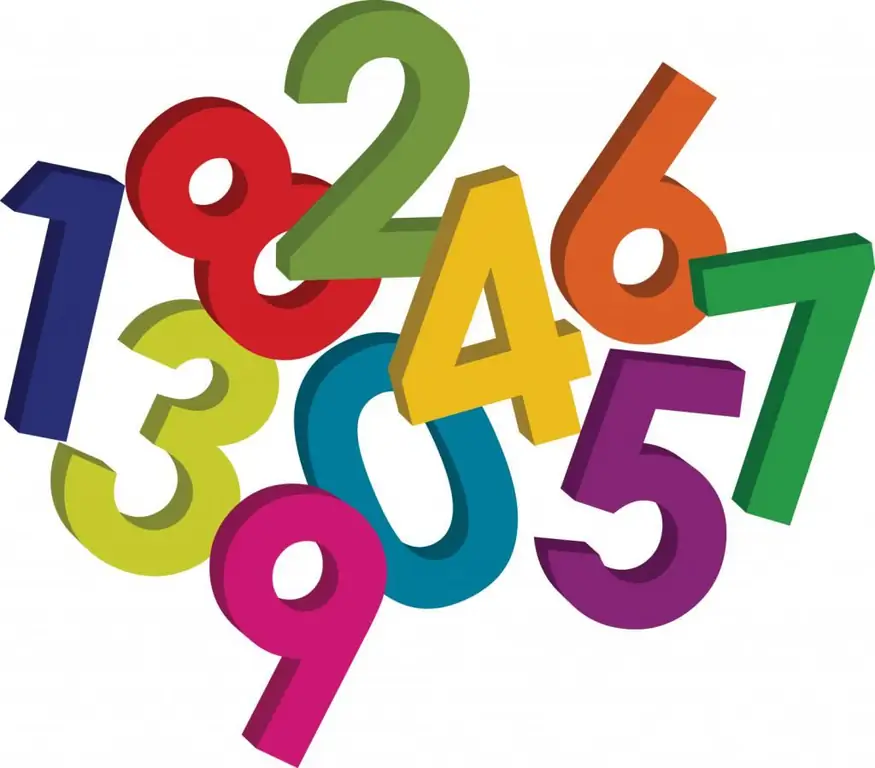Thanks to the knowledge of the distributive properties of multiplication and addition, it is possible to verbally solve seemingly complex examples. This rule is studied in algebra lessons in grade 7. Tasks using this rule are found at the OGE and the USE in mathematics.
Distributive property of multiplication
In order to multiply the sum of some numbers, you can multiply each term separately and add the results.
Simply put, a × (b + c)=ab + ac or (b + c) ×a=ab + ac.

Also, to simplify the solution, this rule also works in reverse order: a × b + a × c=a × (b + c), that is, the common factor is taken out of brackets.
Using the distributive property of addition, the following examples can be solved.
- Example 1: 3 × (10 + 11). Multiply the number 3 by each term: 3 × 10 + 3 × 11. Add: 30 + 33=63 and write down the result. Answer: 63.
- Example 2: 28 × 7. Express the number 28 as the sum of two numbers 20 and 8 and multiply by 7,like this: (20 + 8) × 7. Calculate: 20 × 7 + 8 × 7=140 + 56=196. Answer: 196.
- Example 3. Solve the following problem: 9 × (20 - 1). Multiply by 9 and minus 20 and minus 1: 9 × 20 - 9 × 1. Calculate the results: 180 - 9=171. Answer: 171.
The same rule applies not only to the sum, but also to the difference of two or more expressions.
Distributive property of multiplication with respect to difference
In order to multiply the difference by a number, multiply the minuend by it, and then the subtrahend and calculate the results.
a × (b - c)=a×b - a×s or (b - c) × a=a×b - a×s.
Example 1: 14 × (10 - 2). Using the distribution law, multiply 14 by both numbers: 14 × 10 -14 × 2. Find the difference between the obtained values: 140 - 28=112 and write down the result. Answer: 112.

Example 2: 8 × (1 + 20). This task is solved in the same way: 8 × 1 + 8 × 20=8 + 160=168. Answer: 168.
Example 3: 27× 3. Find the value of the expression using the studied property. Think of 27 as the difference between 30 and 3, like this: 27 × 3=(30 - 3) × 3=30 × 3- 3 × 3=90 - 9=81 Answer: 81.
Applying a property for more than two terms
The distributive property of multiplication is used not only for two terms, but for absolutely any number, in which case the formula looks like this:
a × (b + c+ d)=a×b +a×c+ a×d.
a × (b - c - d)=a×b - a×c - a×d.
Example 1: 354×3. Think of 354 as the sum of three numbers: 300, 50 and 3: (300 + 50 + 3) ×3=300x3 + 50x3 + 3x3=900 + 150 + 9=1059. Answer: 1059.
Simplify multiple expressions using the previously mentioned property.

Example 2: 5 × (3x + 14y). Expand the brackets using the distributive law of multiplication: 5 × 3x + 5 × 14y=15x + 70y. 15x and 70y cannot be added, since the terms are not similar and have a different letter part. Answer: 15x + 70y.
Example 3: 12 × (4s - 5d). Given the rule, multiply by 12 and 4s and 5d: 12 × 4s - 12 × 5d=48s - 60d. Answer: 48s - 60d.
Using the distributive property of addition and multiplication when solving examples:
- complex examples are easily solved, their solution can be reduced to an oral account;
- noticeably saves time when solving seemingly complex tasks;
- thanks to the knowledge gained, it is easy to simplify expressions.






